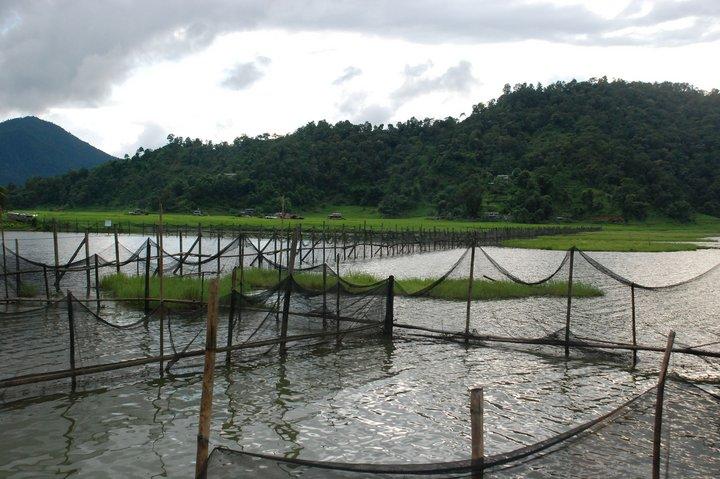Ecosystem services: How scales affect management planning

Pollination, pest control, clean water, erosion reduction and flood prevention – these are all ecosystem services that contribute to human well-being. Read more in this 2013 Annual Report story.
Pollination, pest control, clean water, erosion reduction and flood prevention – these are all ecosystem services that contribute to human well-being.
But not all ecosystem services are produced or consumed at the same scale, and many are provided by ecological drivers at multiple scales. Some ecosystem services, such as soil nutrient cycling, are very local – they can be directly affected by the actions of farmers, who are often the primary beneficiaries of their actions. Water storage and purification, on the other hand, are affected by many users and across a larger area, such as a river basin. Action plans such as reforestation, riverside forest conservation or agroforestry systems can improve water storage and filtration. But to be effective, these interventions need to be executed and coordinated at a greater scale, with benefits manifested over a longer time period. To summarize, various lags in time and space exist between the production and consumption of different ecosystem services.
To show how these differences can complicate governance options, Bioversity International scientists and partners published a paper emphasizing the importance of matching ecological, social and governance scales when developing incentive mechanisms for ecosystem-service management.
The science from the paper was also used to develop the concept for a video game that helps people understand how appropriate, adaptive management of agricultural ecosystems can improve the delivery of ecosystem services across different scales.
This story was featured in Bioversity International's 2013 Annual Report.
Read the entire Annual Report 2013 here.
Photo: Cage farming of carp fish in the Rupa Lake rehabilation and fishery cooperative. Credit: Bioversity International/Bipin Saugat
